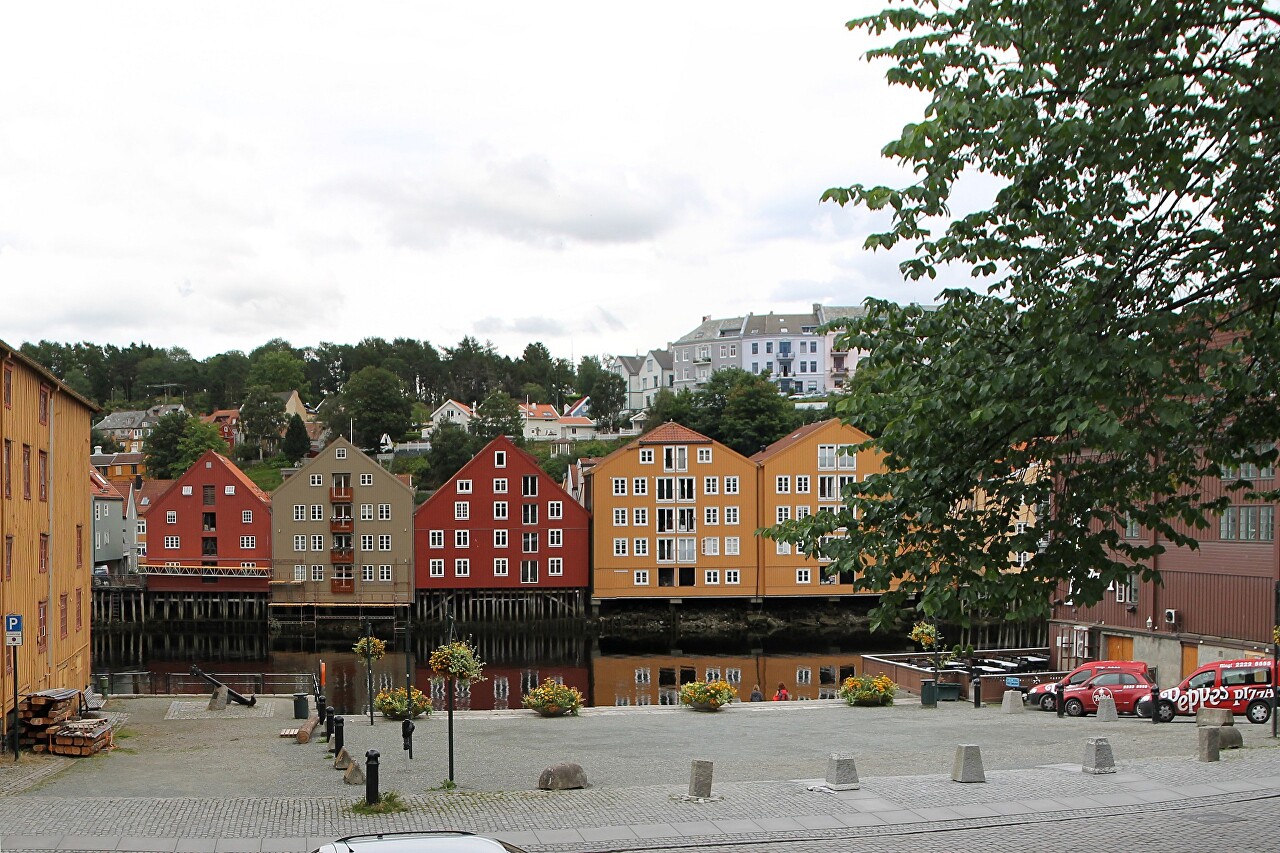Kjøpmannsgata, Trondheim
The city's buildings are separated from the coastal warehouses by an unusually wide street called Kjøpmannsgata (Shopping street).
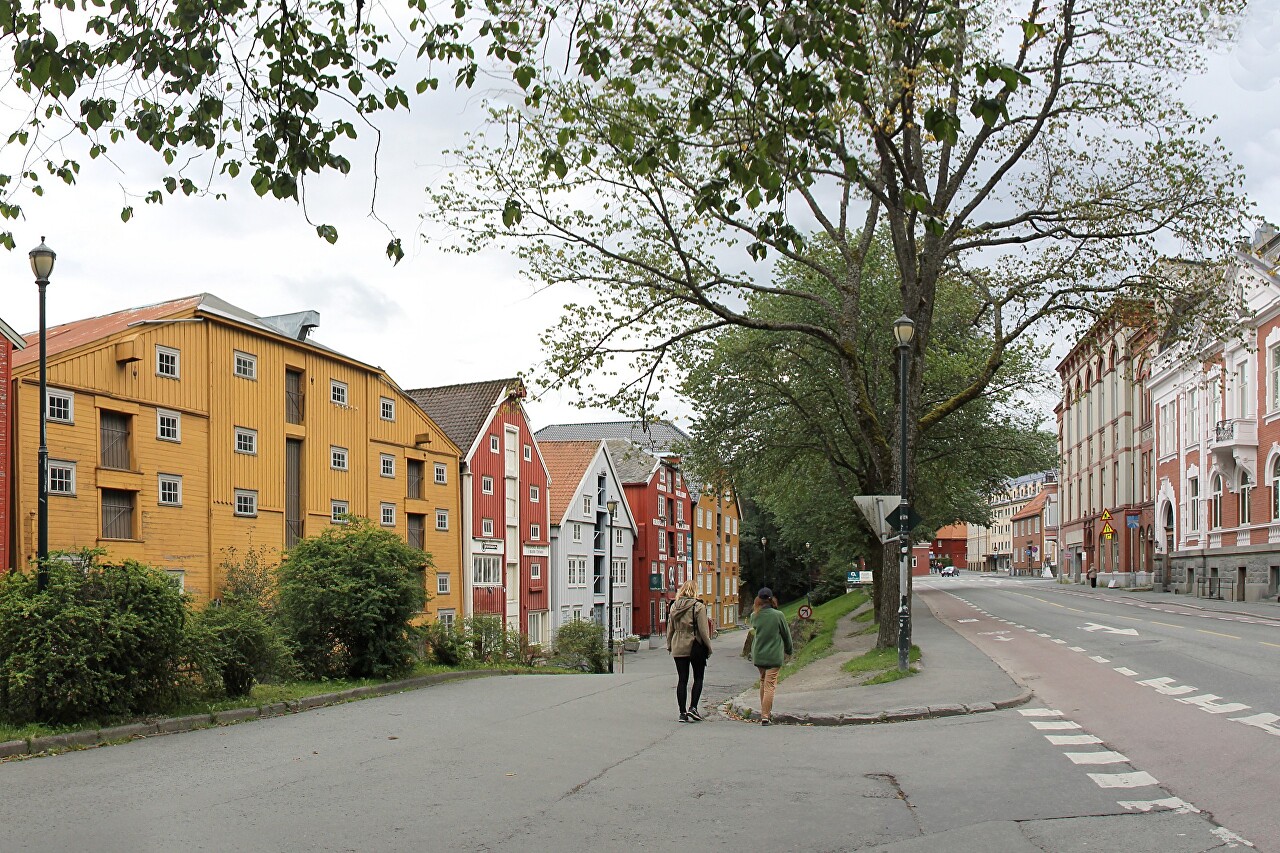
The width of the street has a simple explanation - in the wooden residential buildings of Trondheim, fires often occurred, the wide street did not allow the fire to spread to the port warehouses, the basis of Trondheim's prosperity, and a number of tall trees planted along the street was a living wall from sparks.
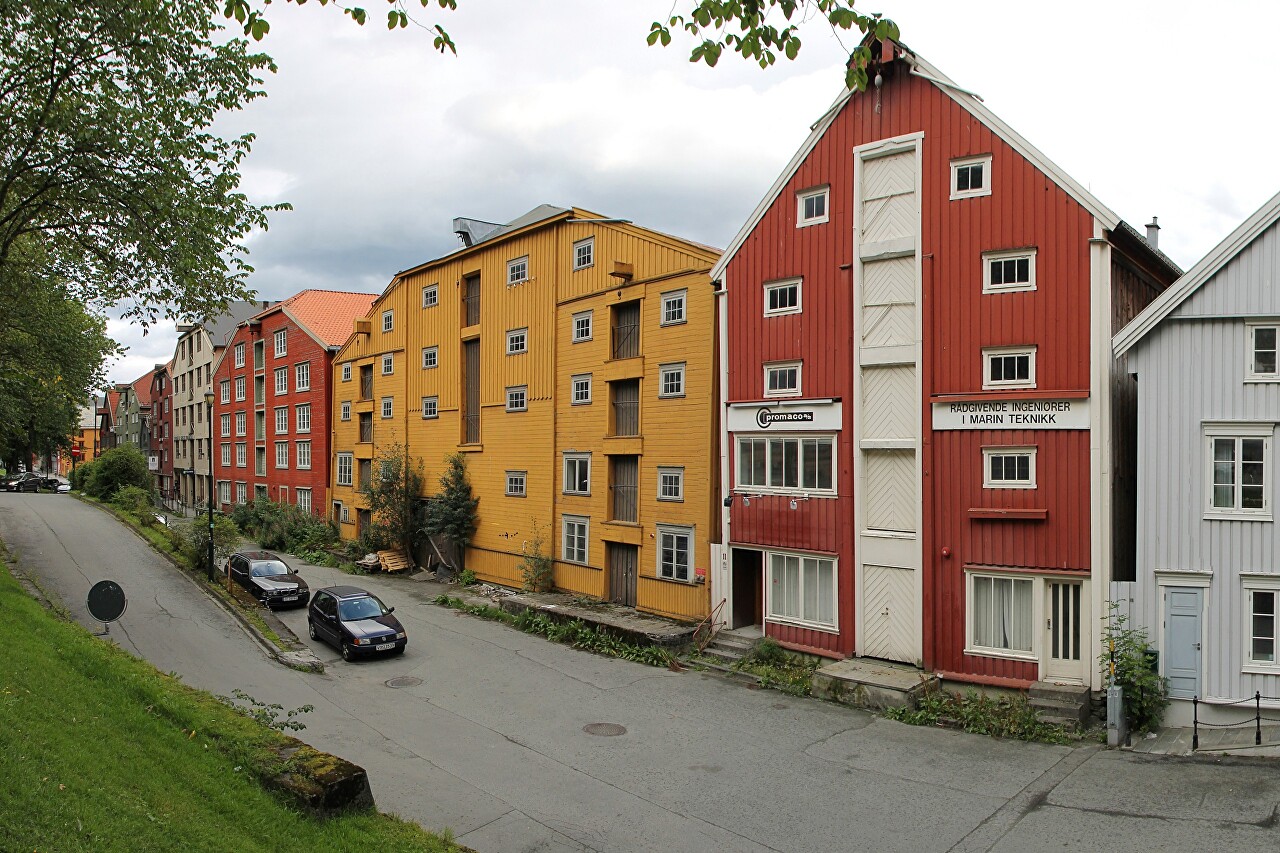
The street was laid out after the "Great fire" in 1681, which destroyed the entire city and port. Military engineer Johan Caspar de Cicignon, who led the reconstruction of the city, took all measures to avoid the spread of fire in the future. Schiepmansgata street saved the port from major city fires in 1708 and 1841.
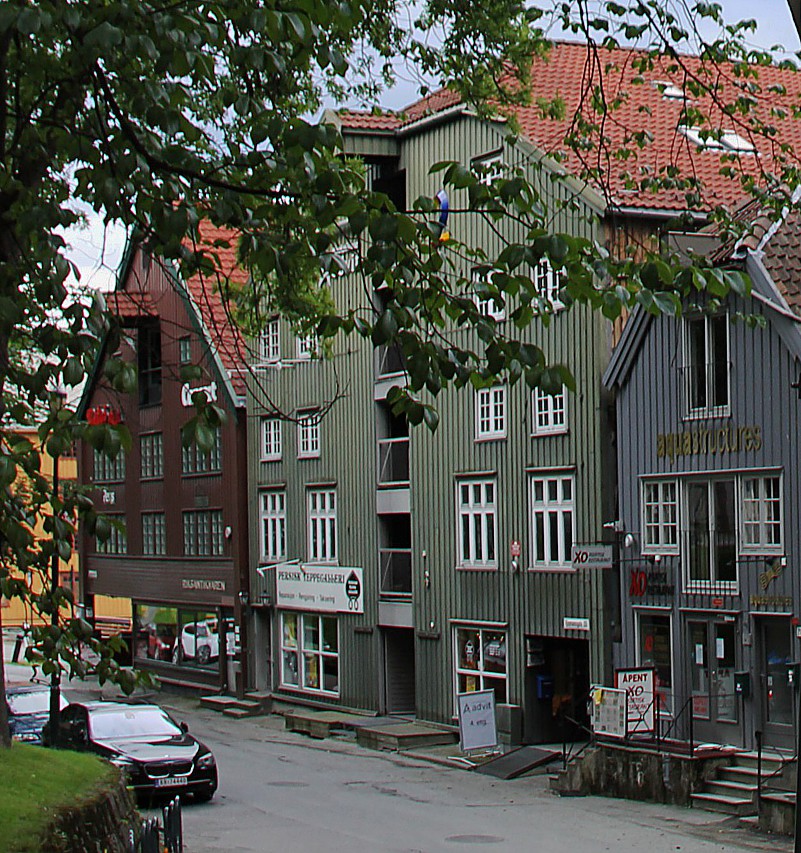
The eastern side of the street is a continuous row of large wooden buildings 4-5 stories high, built in the 16th-17th century. The facades have wide openings in the center, through which goods entered the warehouse, using a cargo boom that protrudes above them from under the roof ridge.
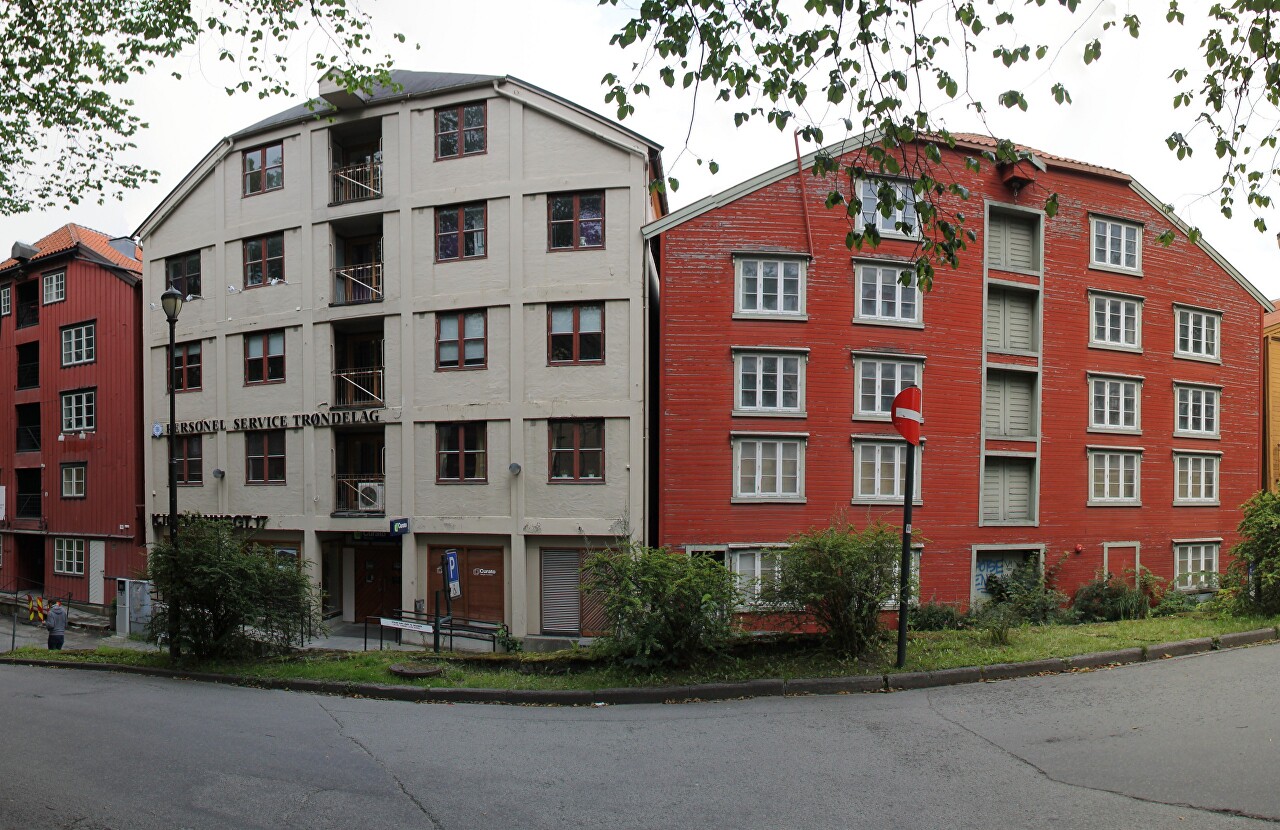
On the water side, the warehouses were built on piles driven into the river bottom, so that merchant ships could dock directly to the warehouse walls.
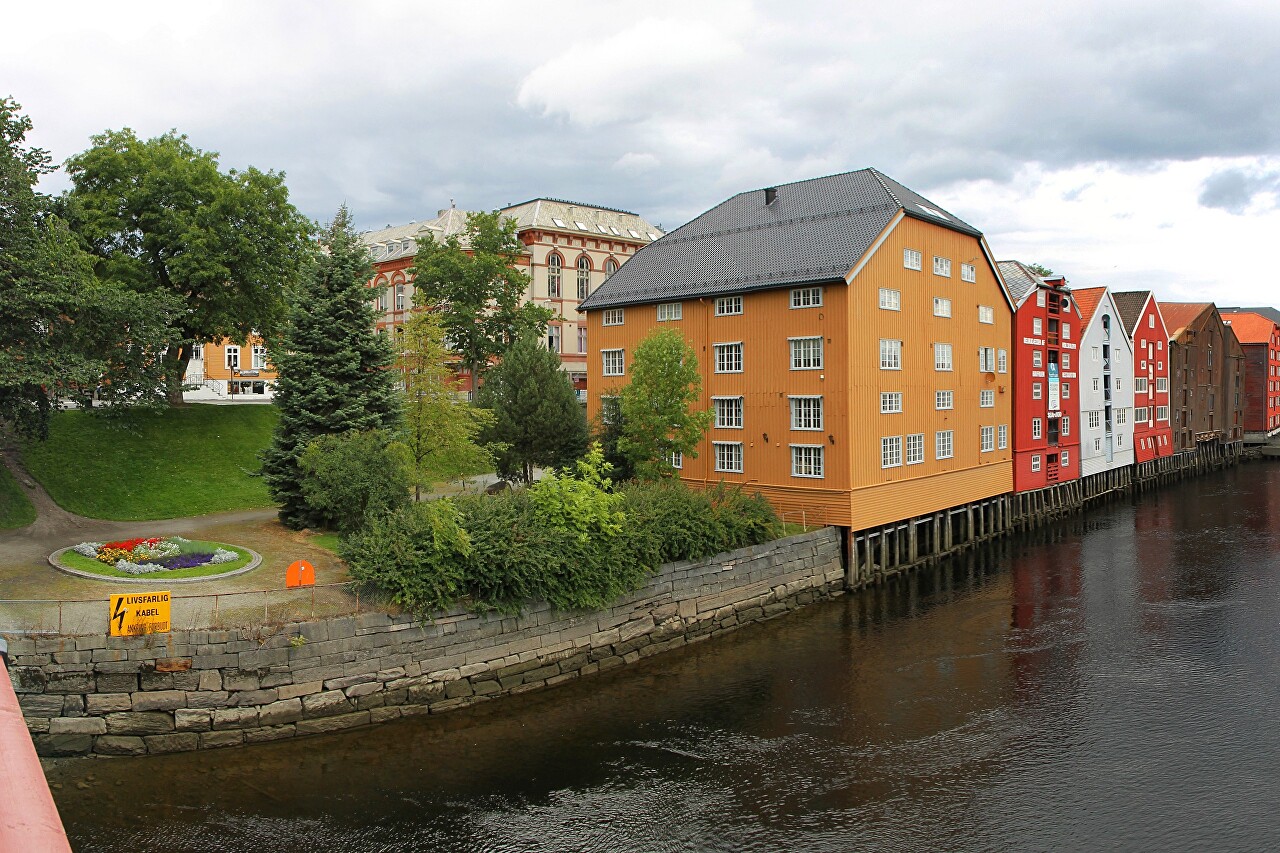
At the end of the 19th century, the port moved to the shore of the fjord, and the warehouses were empty for a long time. In 1930 the city architect Sverre Pedersen proposed to reconstruct the old warehouses for residential buildings.
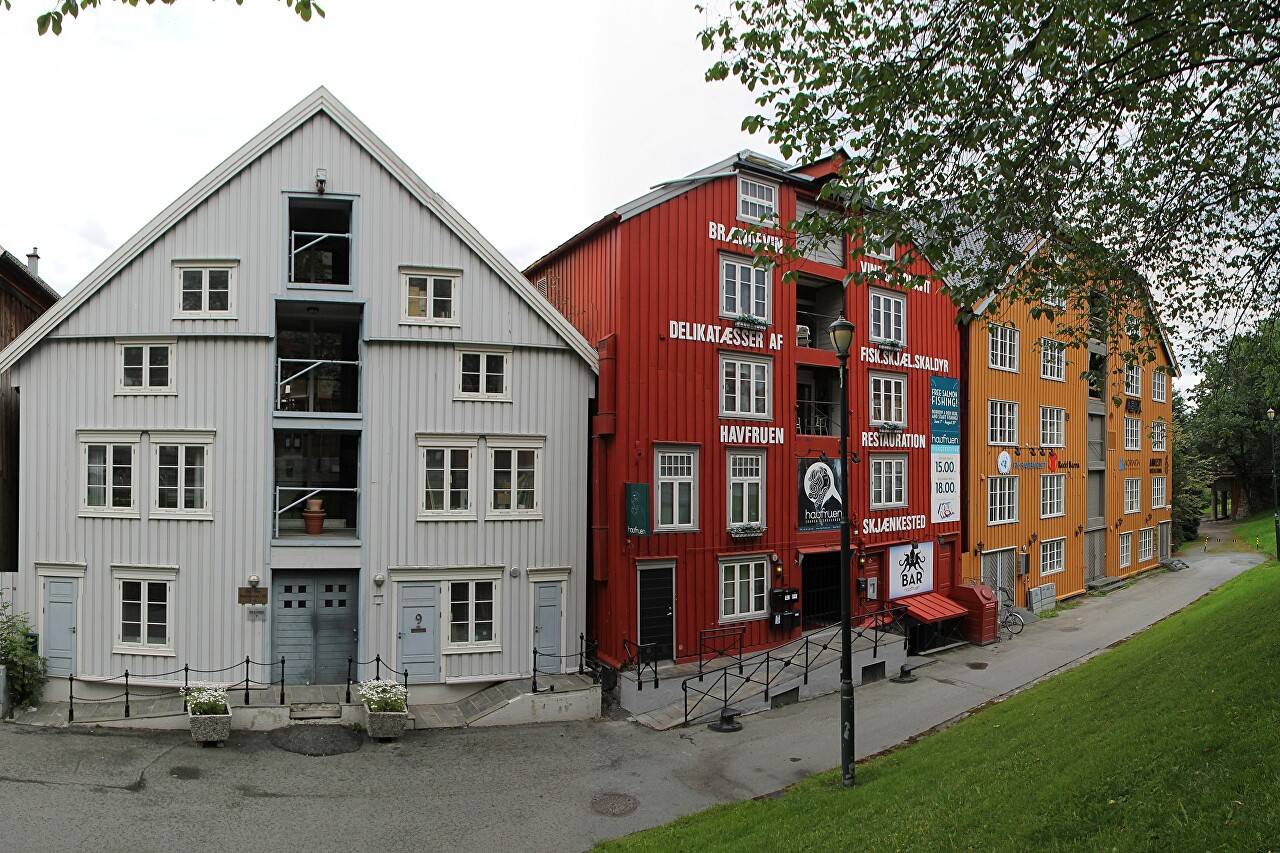
Approximately in the middle of the street there is a square with a wonderful panorama of the Nidelva river and the Bakklandet quarter.
